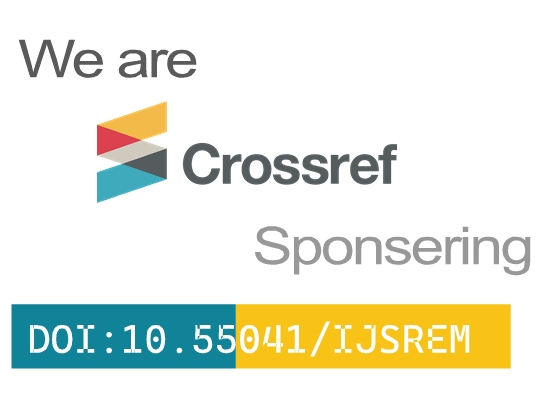Intrusion Detection for IOMT Networks with Digital Twins, Machine Learning, and Federated Learning: A Comprehensive Review
Ahammed Jasim.T.P
Department of Computer Science (Cyber Security)
Vimal Jyothi Engineering College Chemperi, Kannur Email:jazimahammed102@gmail.com
Alan Antony
Department of Computer Science (Cyber Security)
Vimal Jyothi Engineering College Chemperi, Kannur Email:alanantony3634@gmail.com
Anugrah.V.S
Department of Computer Science (Cyber Security)
Vimal Jyothi Engineering College Chemperi, Kannur Email:anugrahsunil123@gmail.com
Ayisha Sana.K.K
Department of Computer Science (Cyber Security)
Vimal Jyothi Engineering College
Chemperi, Kannur Email:ayishasanakk12@gmail.com
Ms.Anugraha.P.P
Assistant Professor
Department of Computer Science (Cyber Security)
Vimal Jyothi Engineering College Chemperi, Kannur Email:anugrahapp@vjec.ac.in
Abstract—The Internet of Medical Things (IoMT) is rapidly transforming healthcare by enabling real-time monitoring, re- mote diagnosis, and intelligent decision-making. While these technologies improve patient care and efficiency, they also in- troduce new vulnerabilities in terms of data security, patient privacy, and system reliability. The growing reliance on inter- connected medical devices makes IoMT systems an attractive target for adversaries, with risks ranging from data breaches and adversarial manipulation to system-wide intrusions. Traditional security frameworks, such as centralized intrusion detection systems or rule-based approaches, struggle to keep up with the evolving nature of threats and the unique constraints of IoMT environments, including limited device resources, latency sensitivity, and the need for privacy preservation. To overcome these limitations, we present an integrated framework that combines federated learning, blockchain, and advanced deep learning models to provide a holistic solution for secure data processing and intrusion detection in IoMT ecosystems. The pro- posed architecture introduces quantum-based authentication for stronger device-level security, privacy-preserving collaborative training to enable distributed model learning without exposing raw patient data, and noise-driven feature masking to minimize the risks of adversarial attacks and poisoning attempts. In ad- dition, the framework reduces communication overhead through prototype-driven representation learning and optimization-aware aggregation, ensuring efficiency even in bandwidth-constrained medical networks.
Index Terms—IoMT, Federated Learning, Blockchain, Deep Learning, Privacy Preservation, Intrusion Detection







